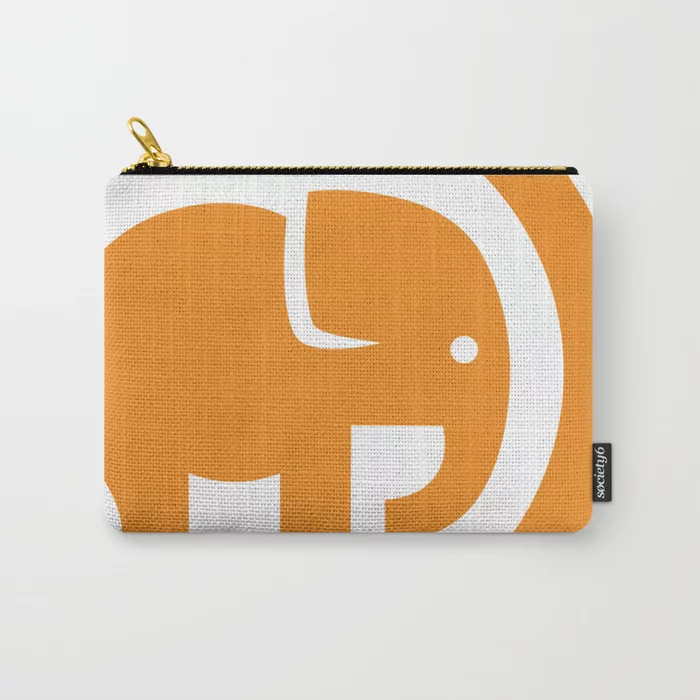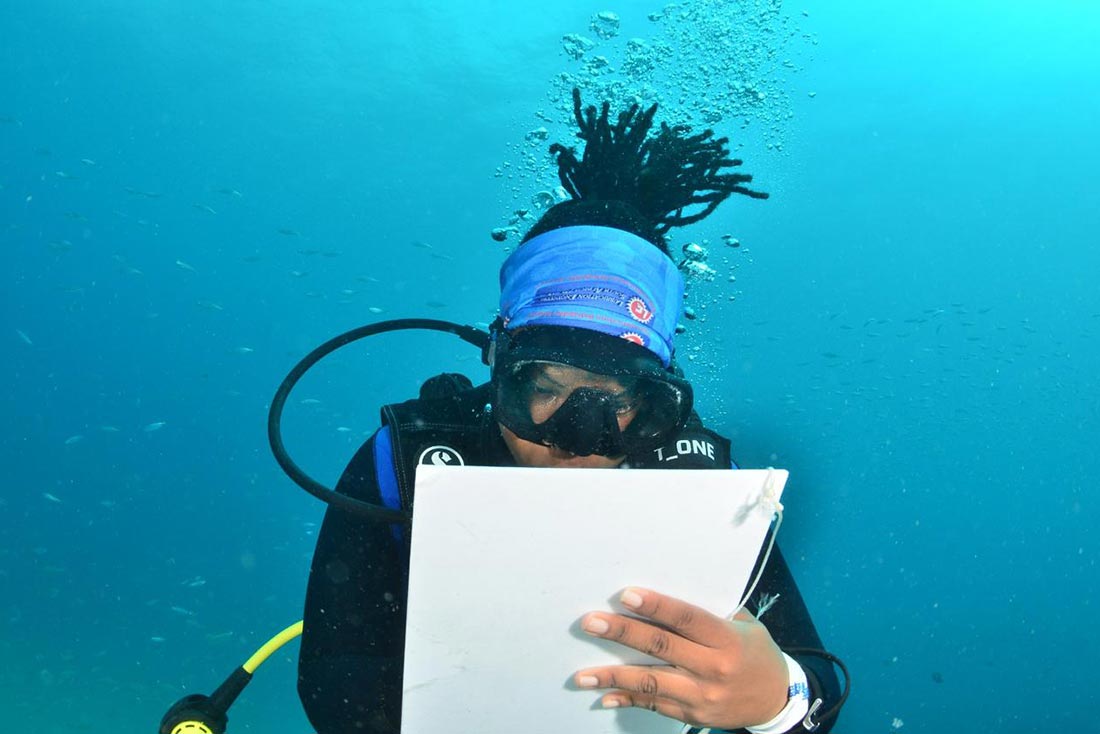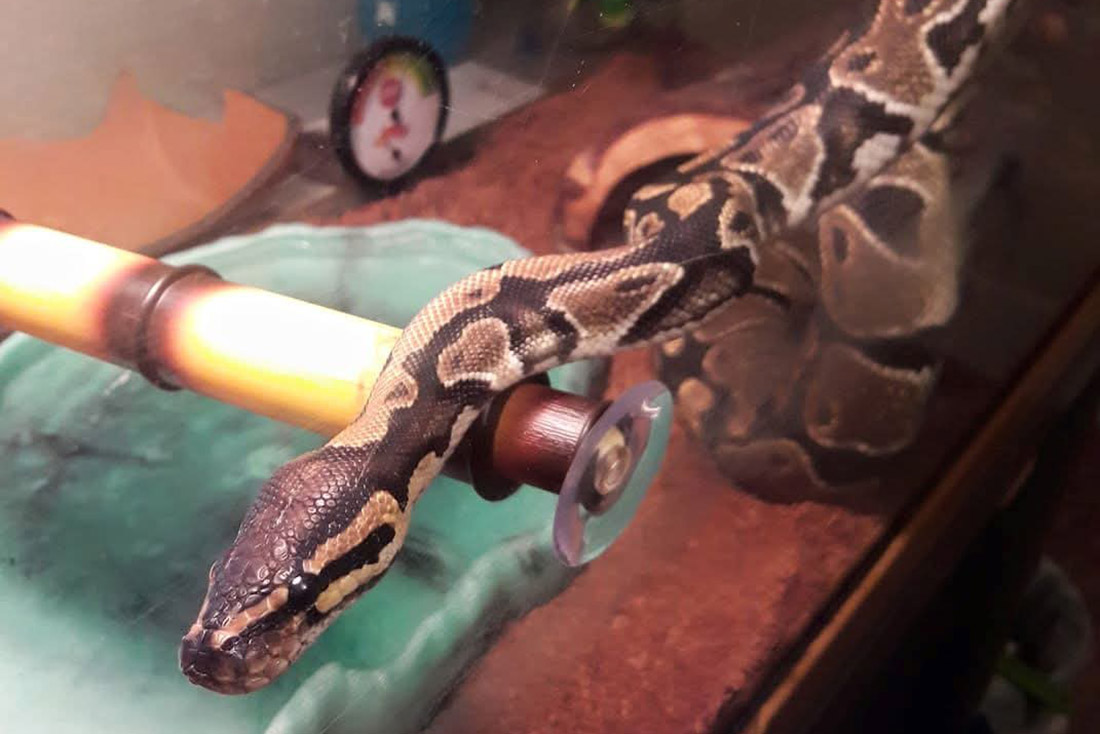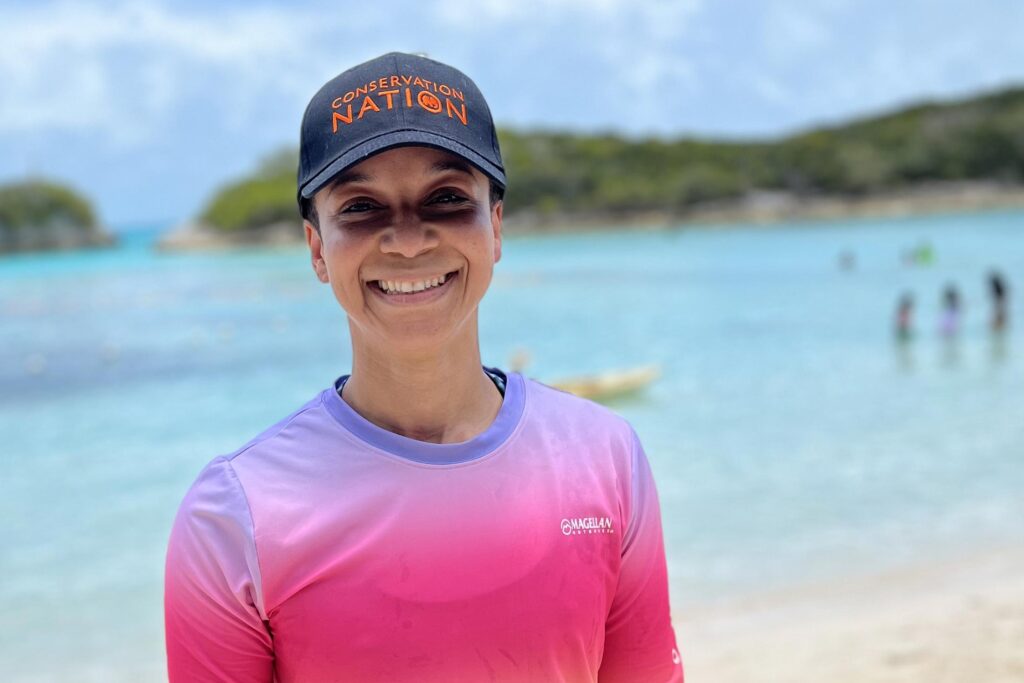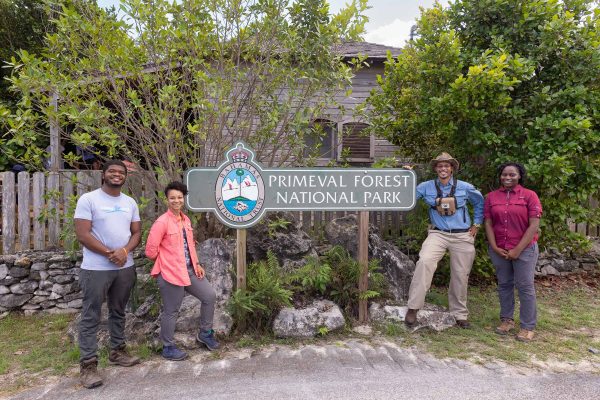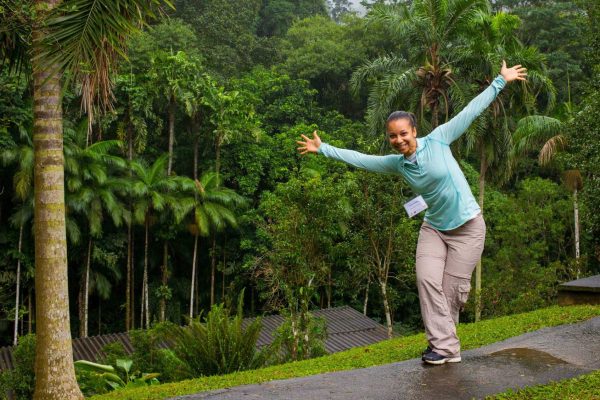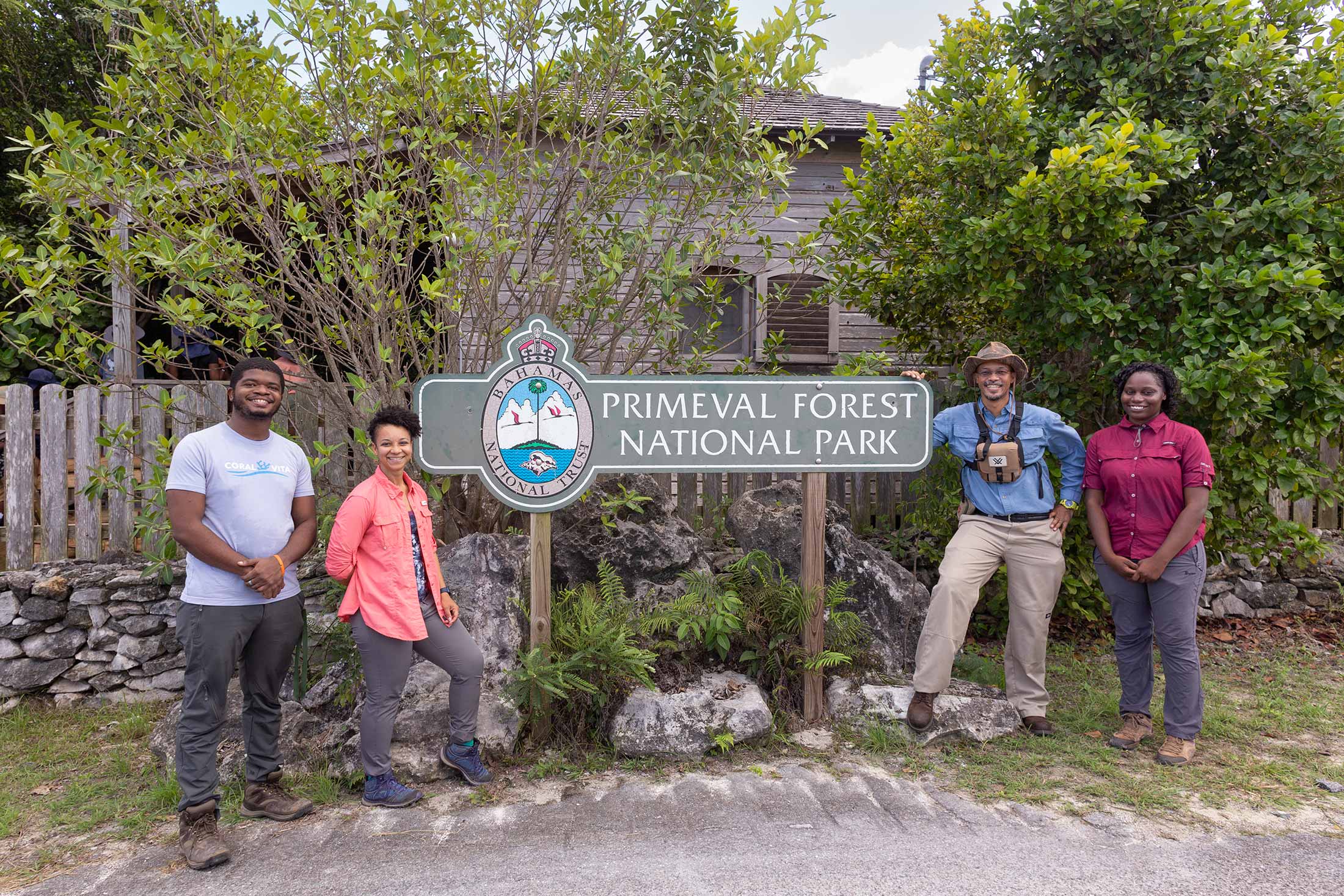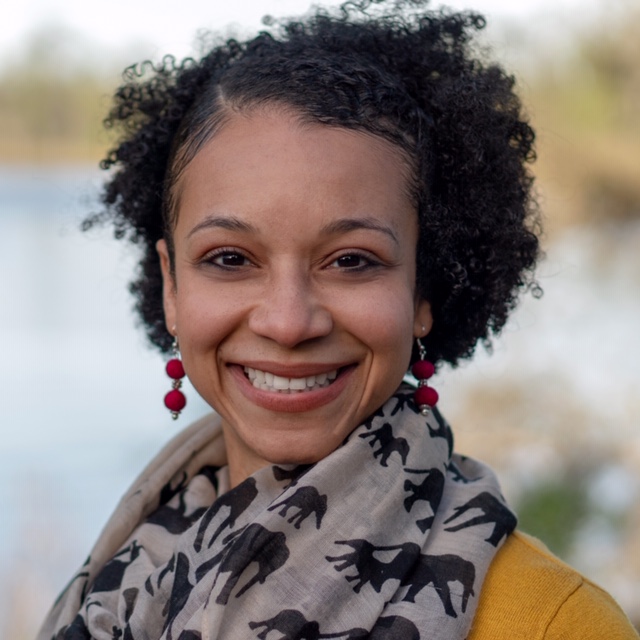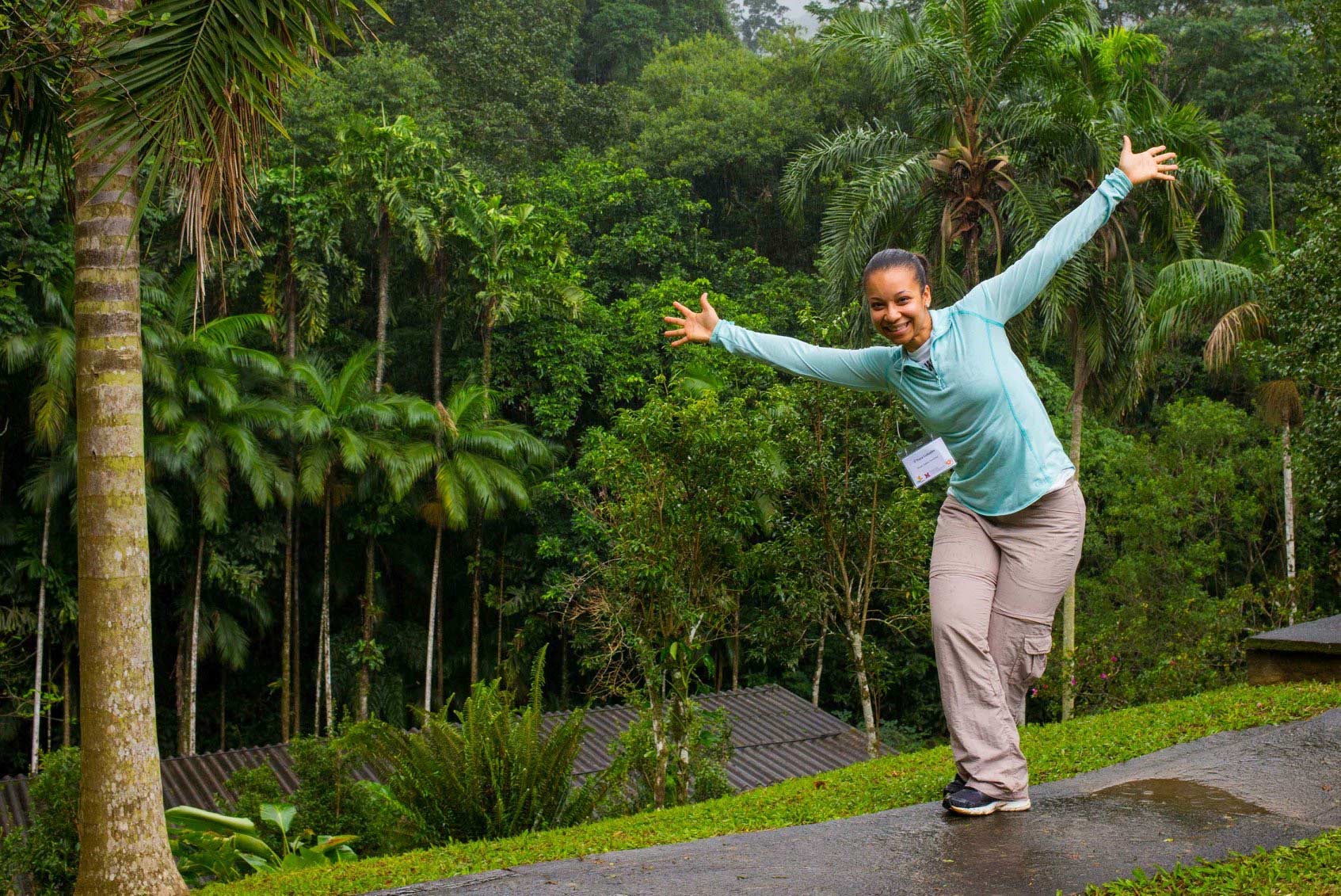Part 2: Cultivating Partnerships
As I collect my thoughts for part two of In Real Life (IRL) Conservation, I realize that the summer has been a whirlwind. The journey to bring my Conservation Nation-funded project, Bahamians, Birds, and Botany (BBB), to life has been a rich experience. In addition, the opportunity to collaborate in person with my partner, Dr. Ancilleno Davis of Science and Perspective, has proved fruitful as we develop and plan the program implementation. Moreover, the opportunity to connect with Bahamian conservationists and my homeland has brought me joy and excitement!
During the first trip in April, I connected with a few community partners and surveyed a few sites for BBB. Dr. Davis and I talked with partners about the project and gathered their thoughts on logistics, content, and locations. Each conversation led to more ideas and brainstorming, prompting me to ponder the importance of cultivating relationships for conservation impact. As conservationists, we continuously meet people, build our networks, and collaborate in our work. And yet, these skills are often self-driven and learned over time with experience. However, I wonder what impact we could make if we focused on developing partnership cultivation skills?
As conservation issues become more complex, the field needs to diversify and connect1,2. Conservation challenges are unique, complex, and time-sensitive–diverse voices can offer strength and perspective1,2,3. These factors have prompted a shift in how conservation leaders and organizations approach issues, moving to a more community-based approach–thereby creating inclusive and sustainable actions through diverse partnerships and networks. Furthermore, there is a pressing urge for more diverse training for emerging conservationists in conjunction with traditional educational pathways3. Learning opportunities like Emerging Wildlife Conservation Leaders, Project Dragonfly, WildTeam, and Conservation Careers offer unique and relevant programs to support diversifying conservationist skill sets. Incorporating components within conservation programs geared towards the next generation could also prove beneficial for the future of conservation leadership.
1 Alvarez, I. & Lovera, S. (2016). New times for women and gender issues in biodiversity conservation and climate justice. Development, 59(3–4), 263–265. https://doi.org/10.1057/s41301-017-0111-z
2 Bailey, K., Morales, N. & Newberry, M. (2020). Inclusive conservation requires amplifying experiences of diverse scientists. Nature Ecology & Evolution, 4(10), 1294-1295. https://doi.org/10.1038/s41559-020-01313-y
3 Lucas, J., Gora, E., & Alonso, A. (2017). A view of the global conservation job market and how to succeed in it. Conservation Biology, 31(6), 1223-1231. https://doi.org/10.1111/cobi.12949
4 Swaisgood, R. R., & Sheppard, J. K. (2010). The culture of conservation biologists: Show me the hope! BioScience, 60(8), 626-630.



